Chainsaw Safety Guide Tips
- December 21, 2023
- 0 comment
Operating a chainsaw isn’t just about getting the job done; it’s about doing it safely and efficiently. With the power and potential risks associated with chainsaws, prioritizing safety is non-negotiable. In this comprehensive guide, we will explore the critical aspects of chainsaw safety, informed by professional insights and best practices.
1. Personal Protective Equipment (PPE)
When operating a chainsaw, equipping yourself with the right Personal Protective Equipment (PPE) is a non-negotiable step in ensuring your safety. Here’s a detailed look at the essential PPE components:
Safety Boots
Your feet are vulnerable when operating heavy machinery like chainsaws. Safety boots, particularly those with steel caps, provide crucial protection. They not only shield your feet from potential harm but also enhance stability, which is vital for maintaining control over the chainsaw.
Chainsaw Chaps or Trousers
One of the most innovative safety gear items for chainsaw users are chainsaw chaps or trousers. These garments are designed with special fibers that, upon contact with a chainsaw, become entangled in the chain and sprocket, bringing the chainsaw to a rapid stop. This can be a limb-saving feature in the event of an accidental slip.
Gloves
Gloves serve a dual purpose – they protect your hands from cuts, abrasions, and the constant vibration of the chainsaw, and they also provide additional comfort, which is important during prolonged use. Some gloves are even reinforced with chainsaw protective material, especially on the back of the hand, for enhanced safety.
Safety Glasses
Never underestimate the potential harm from wood chips and dust. Safety glasses are essential to shield your eyes from these flying particles. Eye injuries can be severe and are easily preventable with this simple piece of equipment.
Safety Helmet
The safety helmet is a multi-functional piece of safety equipment. It often includes earmuffs to protect your hearing from the chainsaw’s noise, a helmet to protect your head from falling objects, and a visor to safeguard your face from flying debris. This integrated protection is crucial for comprehensive safety.
Each of these PPE elements plays a vital role in ensuring your safety while operating a chainsaw. Neglecting any of these can put you at significant risk of injury. Remember, the best way to enjoy the benefits of your chainsaw is to use it safely and responsibly.
2. Choosing the Right Chainsaw
When deliberating over the right chainsaw for your needs, it’s worth considering products like the Black+Decker electric chainsaw, which stands out in the market for its beginner-friendly features and excellent value for money. One of the key attractions of this chainsaw is its automatic oiling system, a feature that significantly simplifies the operation of the chainsaw by eliminating the need for manual oiling of the chain. This convenience, combined with its tool-free chain tension system, makes the chainsaw particularly user-friendly – you just need to plug it in, and it’s ready to go.
Performance-wise, the Black+Decker chainsaw is equipped with a robust 15 amp motor, setting it apart in terms of power, especially when compared to other electric models like the Remington. This power advantage enables it to effortlessly cut through larger materials, such as 15-inch soft oak logs. While it may struggle with larger hardwoods, its 18-inch bar allows it to handle larger softwood tasks with relative ease, making it a suitable choice for more substantial cutting jobs.
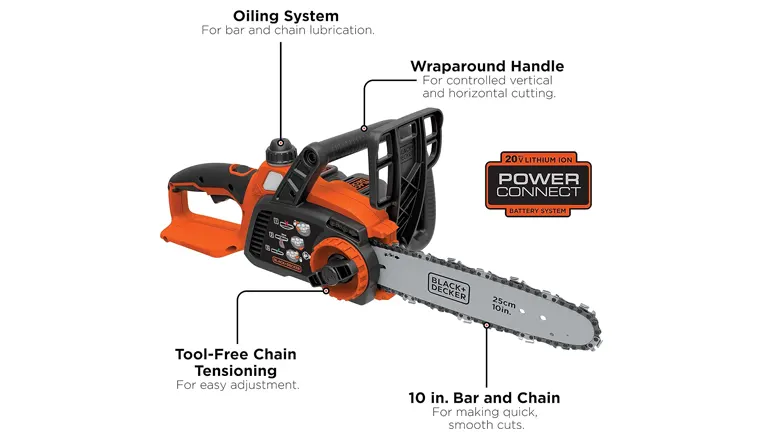
Despite its power, this chainsaw is designed with user comfort in mind. Weighing around 12 lbs, it aligns with the average weight of chainsaws, balancing heft and efficiency without causing excessive arm fatigue. This aspect is particularly important for users who need a chainsaw for extended use or for those who may not be accustomed to handling heavier equipment.
In summary, the Black+Decker chainsaw, with its user-friendly features like the automatic oiling system and the tool-free chain tension system, combined with its powerful motor and optimal weight, presents itself as an excellent choice for both beginners and those looking for a reliable, efficient electric chainsaw. Its capability to handle larger cutting tasks, while remaining manageable in terms of weight and operation, makes it a noteworthy option for those in the market for a new chainsaw.
3. Chainsaw Checks Before Starting
Before you begin your work with a chainsaw, conducting a few critical checks is essential for both safety and efficiency. These checks include:
Chain Sharpness
A dull chain not only makes your task more challenging but can also be dangerous. A sharp chain ensures faster, smoother cutting and gives you better control over the chainsaw. It reduces the likelihood of the chain getting stuck or the saw kicking back unexpectedly.
Dive deeper into how to sharpen your chainsaw here! How To Sharpen A Chainsaw Properly: Tips and Tricks
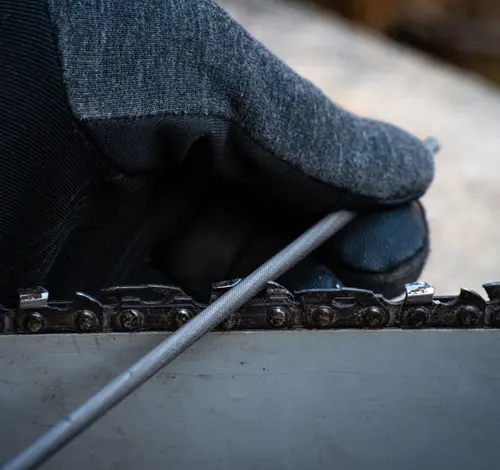
Chain Tension
Proper tension of the chainsaw chain is crucial. If the chain is too loose, it might come off the bar; if it’s too tight, it can cause excessive wear and tear. The correct tension should allow the chain to be lifted slightly from the guide bar but snap right back into place. This tension ensures efficient cutting and reduces the risk of accidents.
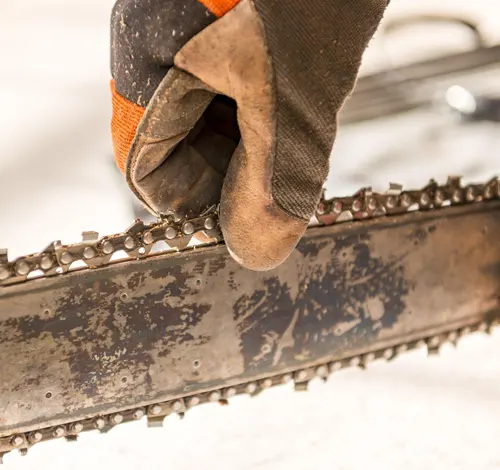
Chain Brake
The chain brake is a vital safety feature designed to stop the chain immediately in case of kickback. Ensure that the chain brake is in good working condition before you start the chainsaw. This can be a lifesaver, preventing the chain from causing injury if the saw is thrust back towards you.
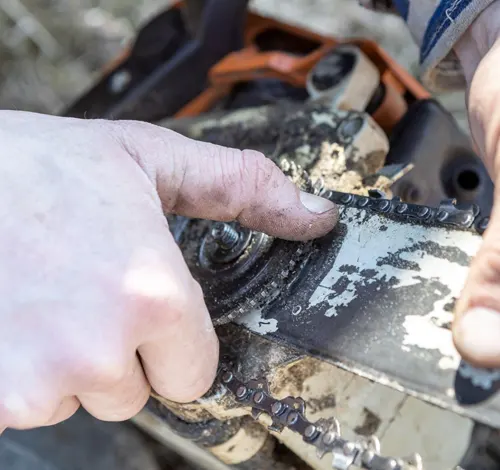
4. Area Preparation
Properly preparing your work area can significantly increase safety when using a chainsaw. Here’s what you should do:
Clear Trip Hazards
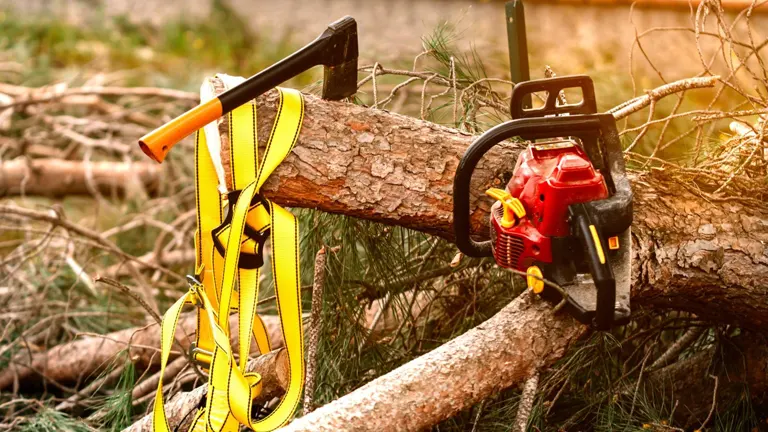
Before starting, scan the area for potential trip hazards. Remove any debris, branches, rocks, or tools that could cause you to stumble while holding the running chainsaw.
Use Supporting Tools
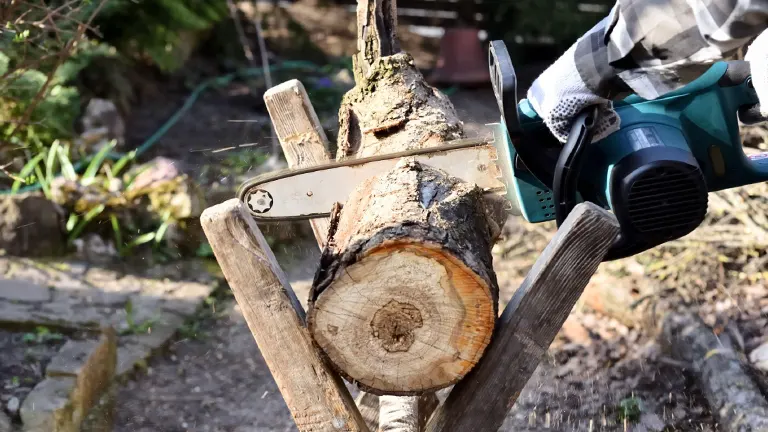
When cutting logs or branches, it’s advisable to use supporting tools like a sawhorse. This not only brings the wood to a comfortable working height but also prevents the chainsaw from coming into contact with the ground. Cutting directly on the ground can quickly blunt your chainsaw blade, as it may hit dirt or rocks.
Taking the time to perform these checks and prepare your area can make a significant difference in both the safety and effectiveness of your chainsaw work. These practices are essential for both beginners and experienced users alike, ensuring that your chainsawing tasks are completed efficiently and safely.
5. Operating the Chainsaw
Chain Brake
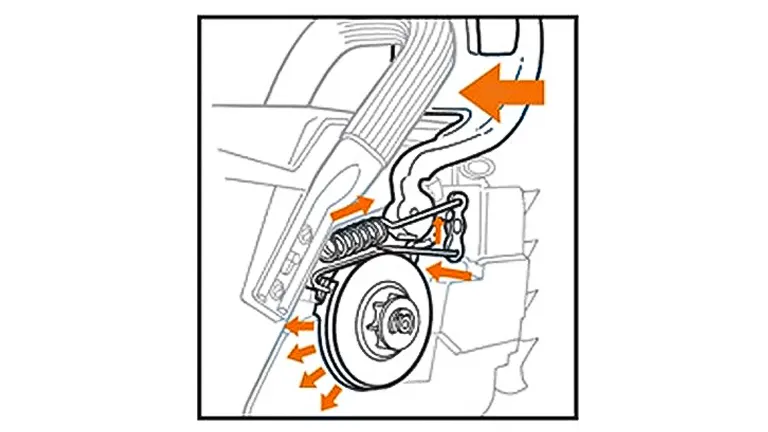
Mastery of the chain brake is a critical aspect of chainsaw operation. This safety feature should be engaged whenever the chainsaw is not actively cutting and during any movement, such as walking or repositioning. The chain brake is designed to stop the chain instantly in case of kickback, significantly reducing the risk of injury.
Grip and Stance

The way you hold and position yourself with the chainsaw is fundamental for safe operation. Maintain a firm grip on the chainsaw, ensuring that your thumbs and fingers are on opposite sides of the handle. This grip provides maximum control. Your stance should be stable: feet shoulder-width apart and knees slightly bent, providing balance and flexibility. Always avoid standing directly behind or directly above the chainsaw to minimize the risk in case of kickback or slippage.
Kickback Awareness

Understanding and respecting the potential for kickback is crucial. Kickback occurs when the tip of the chainsaw bar contacts an object, causing the saw to jerk back towards the operator. To reduce this risk, never use the chainsaw on a ladder or above shoulder height, and always be aware of the bar tip’s position during operation.
6. Starting the Chainsaw
There are two safe methods to start a chainsaw:
Ground Start
This is the safest and most recommended method, especially for beginners. Place the chainsaw on the ground, use your foot to stabilize it by stepping on the rear handle, engage the chain brake, and then pull the start cord. This method keeps the chainsaw secure and stable during starting.
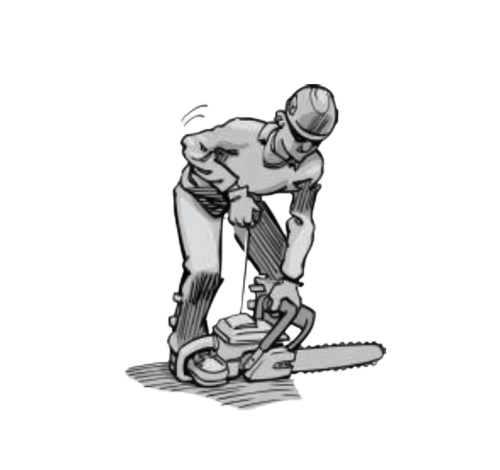
Leg Lock Start
More suitable for advanced operators, this method involves gripping the front handle firmly, placing the rear handle between your thighs to stabilize it, ensuring the chain brake is engaged, and then pulling the start cord. It requires a bit more skill and should only be attempted by those comfortable with their chainsaw.

7. Cutting Techniques
Throttle Control

For efficient cutting, use full throttle. This ensures the chain is moving at optimal speed, reducing the effort required to cut and minimizing the chances of the chain getting stuck or causing kickback.
Bar Positioning

When cutting, the safest part of the bar to use is the section closest to the engine. This provides the most control and stability. Let the chainsaw do the work by allowing it to pull into the wood naturally. Apply a slight downward pressure, but be ready to ease off as you near the end of the cut to avoid losing control.
Body Positioning
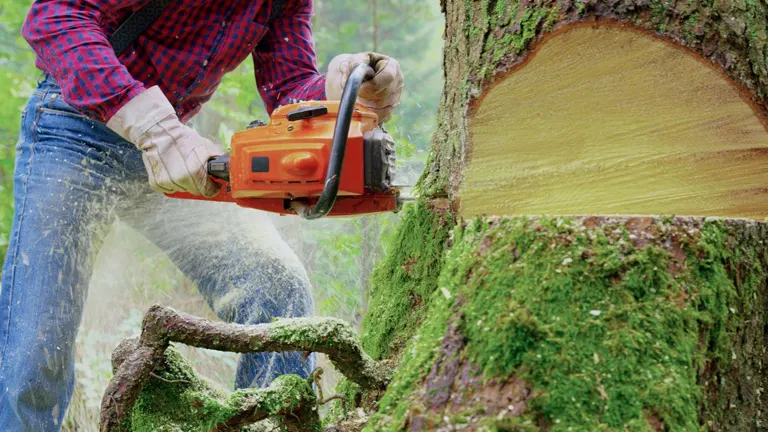
Proper body positioning is key for safe and effective chainsaw use. Bend your legs slightly to maintain a stable, balanced stance. Keep your left arm (for right-handed users) in a braced position to control the chainsaw. This posture not only offers better control but also prepares you to react quickly if the saw kicks back or moves unexpectedly.
Conclusion
Chainsaw safety is a combination of proper equipment, awareness, and technique. By following these guidelines, you can significantly reduce the risk of accidents and ensure a safer, more efficient chainsaw operation. Remember, when in doubt, consult with a professional and always prioritize safety over speed or convenience.
FAQs
- What is the most important safety gear when using a chainsaw?
The most crucial safety gear includes a safety helmet with earmuffs and a visor, steel-capped safety boots, chainsaw chaps or trousers, gloves with protective material, and safety glasses. Each item plays a vital role in protecting different parts of your body from potential chainsaw hazards. - Can I use a chainsaw without prior experience?
Yes, but it’s highly recommended to start with a beginner-friendly model, like a compact chainsaw, and to thoroughly familiarize yourself with its operation and safety features. It’s also advisable to seek guidance from an experienced user or take a basic chainsaw operation course. - How do I know if my chainsaw chain is sharp enough?
A sharp chain will cut through wood smoothly and efficiently. If the chain is dull, it will require more force to cut, produce rough cuts, or may even cause the saw to bounce or ‘rattle’ during cutting. Regular sharpening and maintenance are crucial. - What’s the safest way to start a chainsaw?
The ground start method is generally the safest, especially for beginners. Place the chainsaw on stable ground, step on the rear handle to secure it, engage the chain brake, and then pull the starter rope. This method minimizes the risk of accidental movement or kickback upon starting. - How do I avoid chainsaw kickback?
To minimize the risk of kickback, avoid using the tip of the bar to cut, maintain a firm grip and proper stance, use a chainsaw with a kickback protection feature, and never overreach or cut above shoulder height. Awareness of the bar tip’s position at all times is key. - Is an electric chainsaw better than a gas-powered one for beginners?
Electric chainsaws, especially cordless ones, are often lighter, easier to handle, and less intimidating than gas-powered models. They are a good choice for beginners for small to medium tasks, but always consider the specific needs of your project. - Why is it important to clear the area before using a chainsaw?
Clearing the area of debris, loose branches, and other obstacles is crucial to prevent tripping or stumbling while operating a chainsaw. A clean workspace allows for better mobility and reduces the likelihood of accidents. - Can I use any type of oil for the automatic oiling system in my chainsaw?
It’s best to use the oil recommended by the chainsaw manufacturer, usually a specific chainsaw bar and chain oil. Using the wrong type of oil can damage the chainsaw and reduce its efficiency. - What should I do if my chainsaw chain is too tight or too loose?
Adjust the chain tension using the tensioning mechanism on your chainsaw. The chain should be snug against the bar but still able to be turned by hand without binding. Both too tight and too loose chains can lead to dangerous situations. - Is it necessary to use a sawhorse when cutting with a chainsaw?
While not always necessary, using a sawhorse can significantly improve safety and efficiency. It elevates the wood to a comfortable cutting height, prevents the chain from hitting the ground, and allows for more controlled cuts.

David Murray
Forestry AuthorI'm David Murry, a forestry equipment specialist with a focus on chainsaw operation. With over 13 years of experience, I've honed my skills in operating and maintaining a wide range of machinery, from chainsaws to log splitters. My passion for the outdoors and commitment to sustainable forestry drive my work, which emphasizes safety, efficiency, and staying updated with industry advancements. Additionally, I'm dedicated to sharing my expertise and promoting environmental awareness within the forestry community.

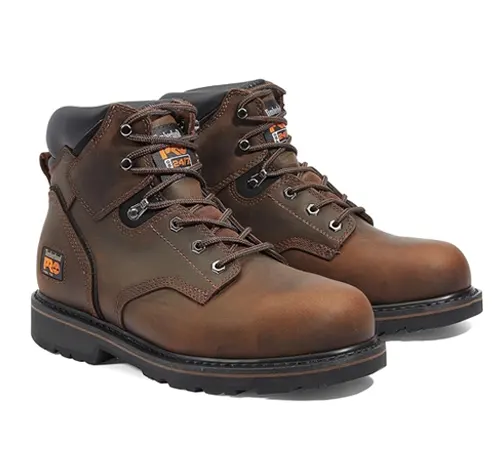
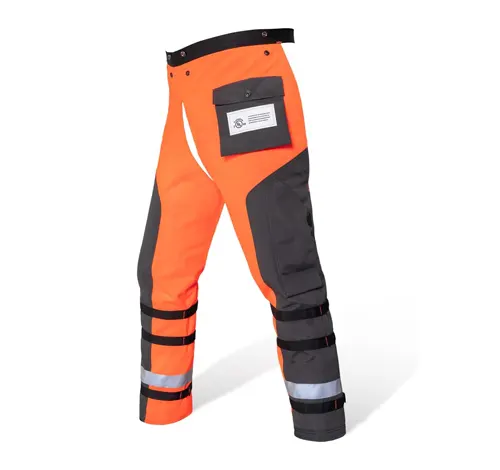

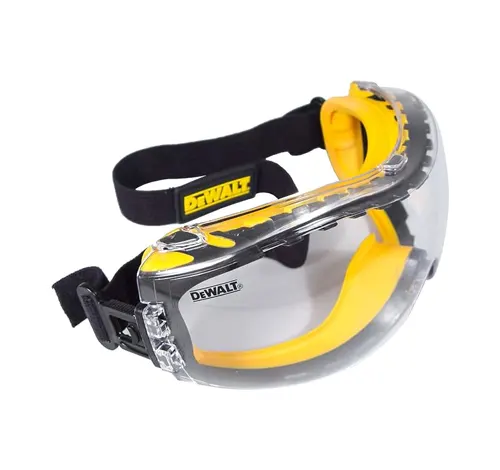


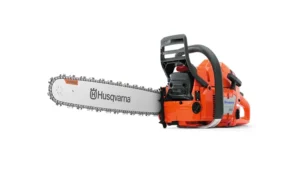
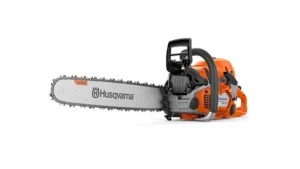
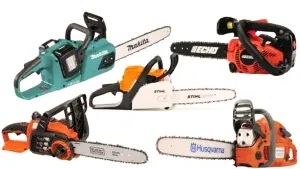
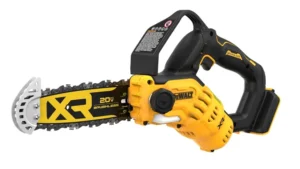
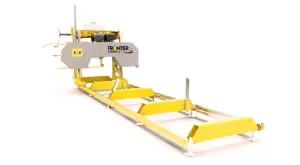
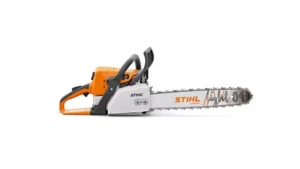
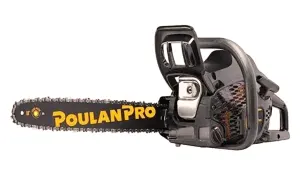

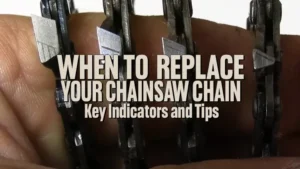

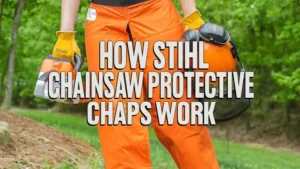
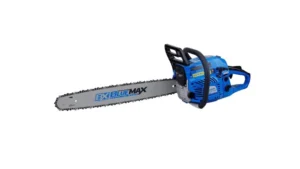
Leave your comment